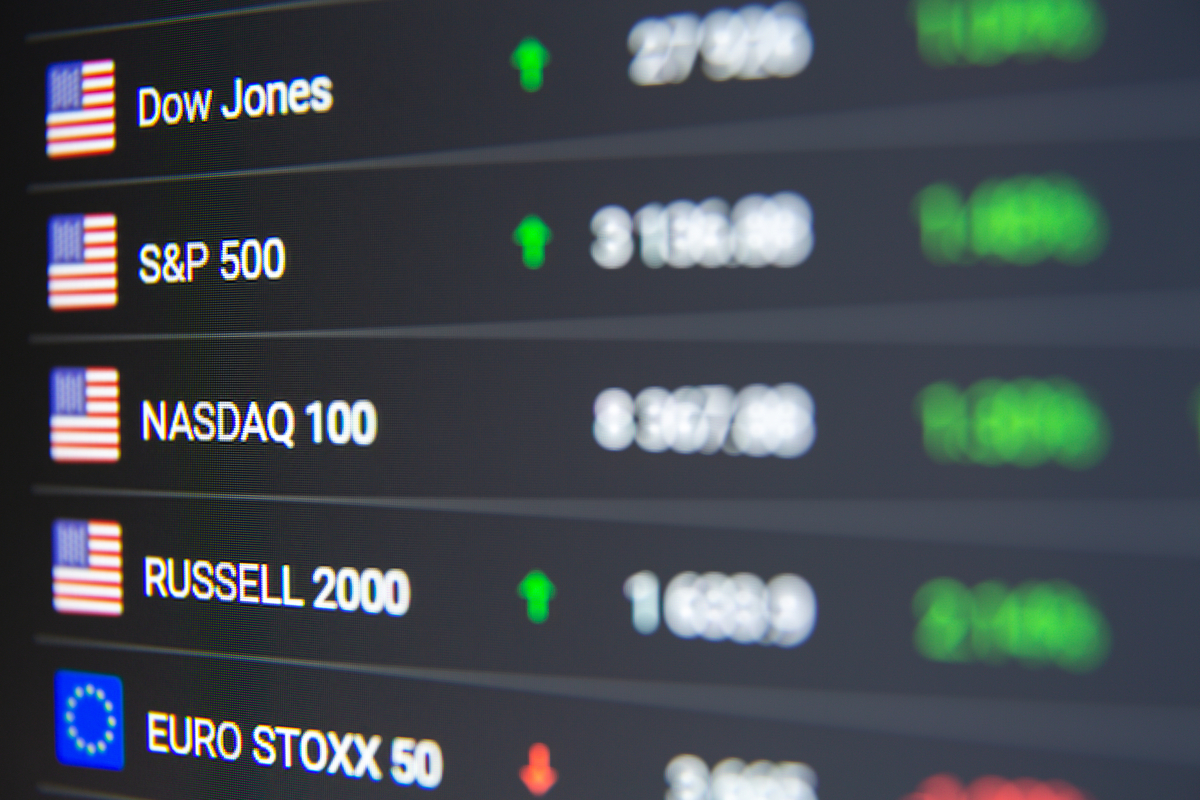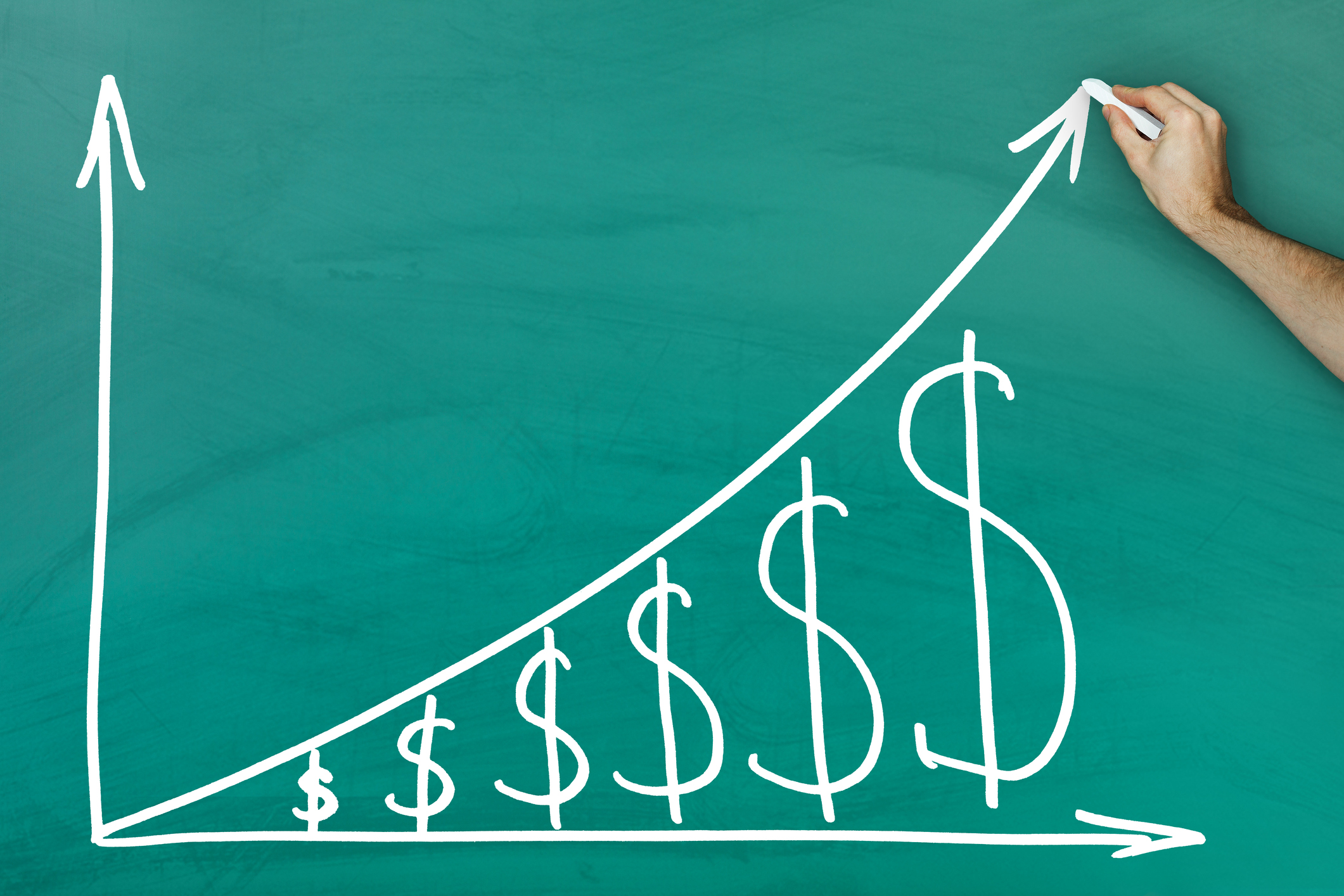How does an ordinary annuity differ from an annuity due? Both are contractually obligated payment series, but they differ in the timing of the payment. An ordinary annuity pays at the end of a period, while an annuity due pays in advance.

What is an ordinary annuity?
An ordinary annuity pays at the end of a period -- so, the payment covers the period that has already passed. The period can be any designated time frame, such as a month, quarter, or year.
Note that "the end" of the period could be the first of the month. The date on the calendar is irrelevant. What's relevant is whether the payment covers the prior month or the following month. The annuity contract will specify this information, but the timing of the first payment can also be an indicator.
Consider a traditional mortgage as an example. The first mortgage payment is due on the first of the month after you've owned the home for 30 days. That payment is in arrears, which makes the mortgage an ordinary annuity. Car loans work the same way. Your payments begin 30 days after the loan funds.
What is an annuity due?
An annuity due is paid at the beginning of the period. Rent and lease agreements are examples. Your rent for September is due at the beginning of September -- not the end. Subscription fees for services like Netflix (NFLX -0.28%) and Amazon (AMZN +0.07%) Prime are also annuities due because you pay them ahead of the service period.
Ordinary annuity versus annuity due: Key differences
Payment timing and its effect on the annuity's present value are two key differences between an ordinary annuity and an annuity due.
Timing
As noted, the main difference between an ordinary annuity and an annuity due is whether the payment is made in arrears or in advance.
Present value
The timing of payments, in turn, affects the annuity's present value. Present value is what a future stream of payments is worth today. Understanding present value can help you evaluate an income annuity relative to its cost.
First, know that the present value of any annuity will be less than the sum of the payments. This is because cash promised in the future is less valuable than cash in your hand today.
Why? Because you can invest and grow cash on hand -- which you cannot do with cash promised. Present value formulas account for this by using an interest rate to discount those future payments.
The present value of the ordinary annuity formula considers the dollar amount of each payment, the discount rate, and the number of payments. The present value of the annuity due formula uses the same inputs but adjusts for the earlier payment timing.
Mathematically, that adjustment involves multiplying the result by the discount rate plus 1. You can see this by comparing the two present value formulas below. Note that "pmt" equals the payment amount, "r" equals the discount rate, and "n" is the total number of payments.
- Present value of ordinary annuity =
pmt [(1–[1/(1+r)^n])/r] - Present value of annuity due =
pmt [(1–[1/(1+r)^n])/r] x (1+r)
The takeaway is that an annuity due will have a higher present value than an ordinary annuity if all other factors are the same.
Related investing topics
Ordinary annuity or annuity due: Which is better?
Ordinary annuities are better for the payer, while annuities due are better for the payee. In other words, if you are paying the annuity, you'd rather pay later. Paying in arrears allows you to keep your funds invested longer -- or gives you more time to earn them via your paycheck.
If you are receiving annuity income, an annuity due is preferred because you get the money sooner. Assuming monthly payments, an annuity due puts the cash in your hands one month earlier than an ordinary annuity.





















